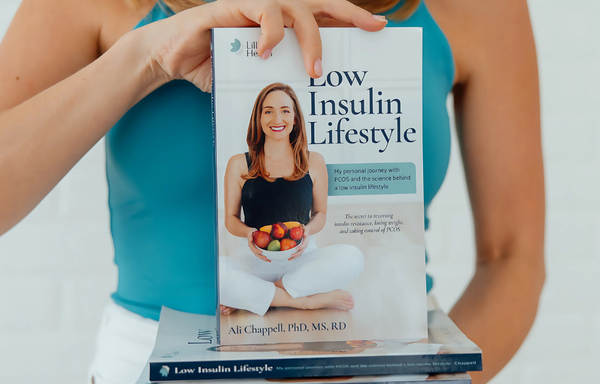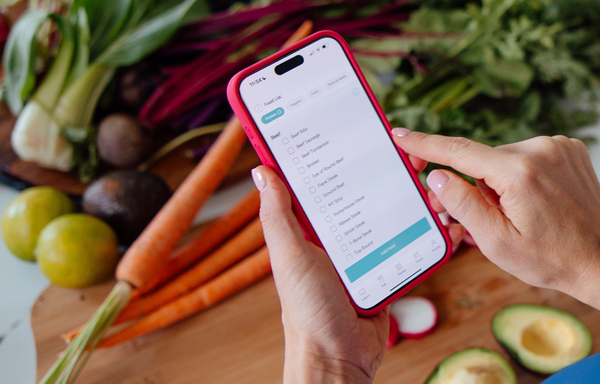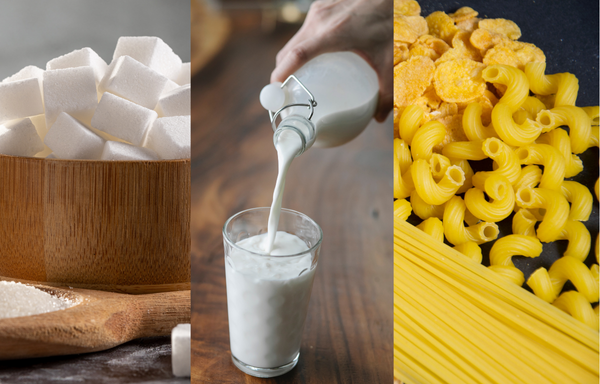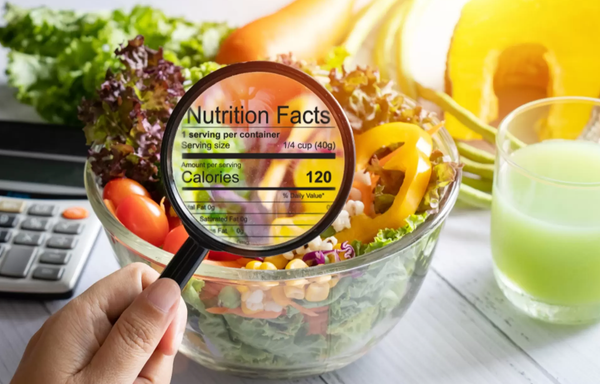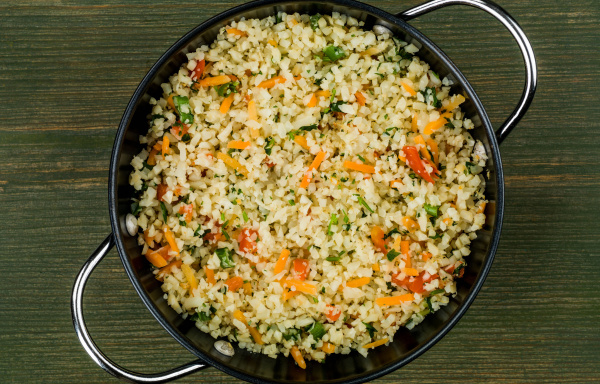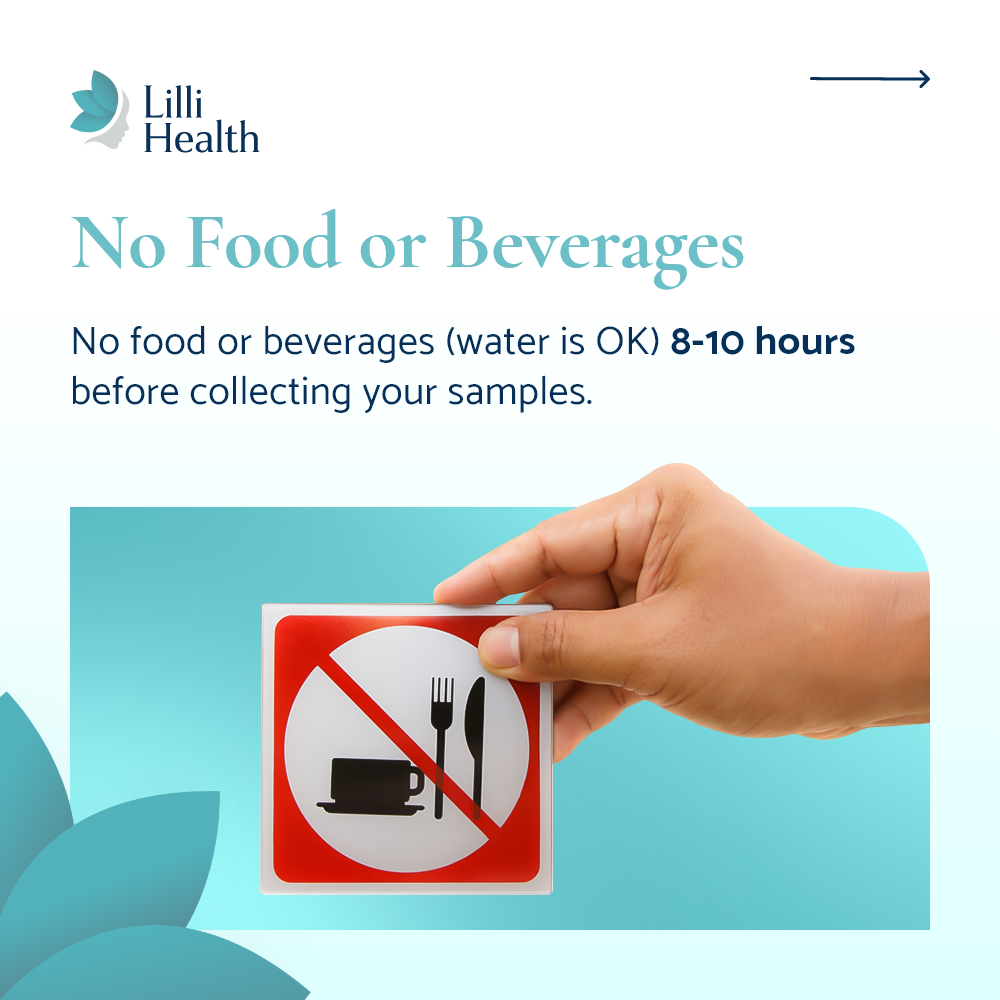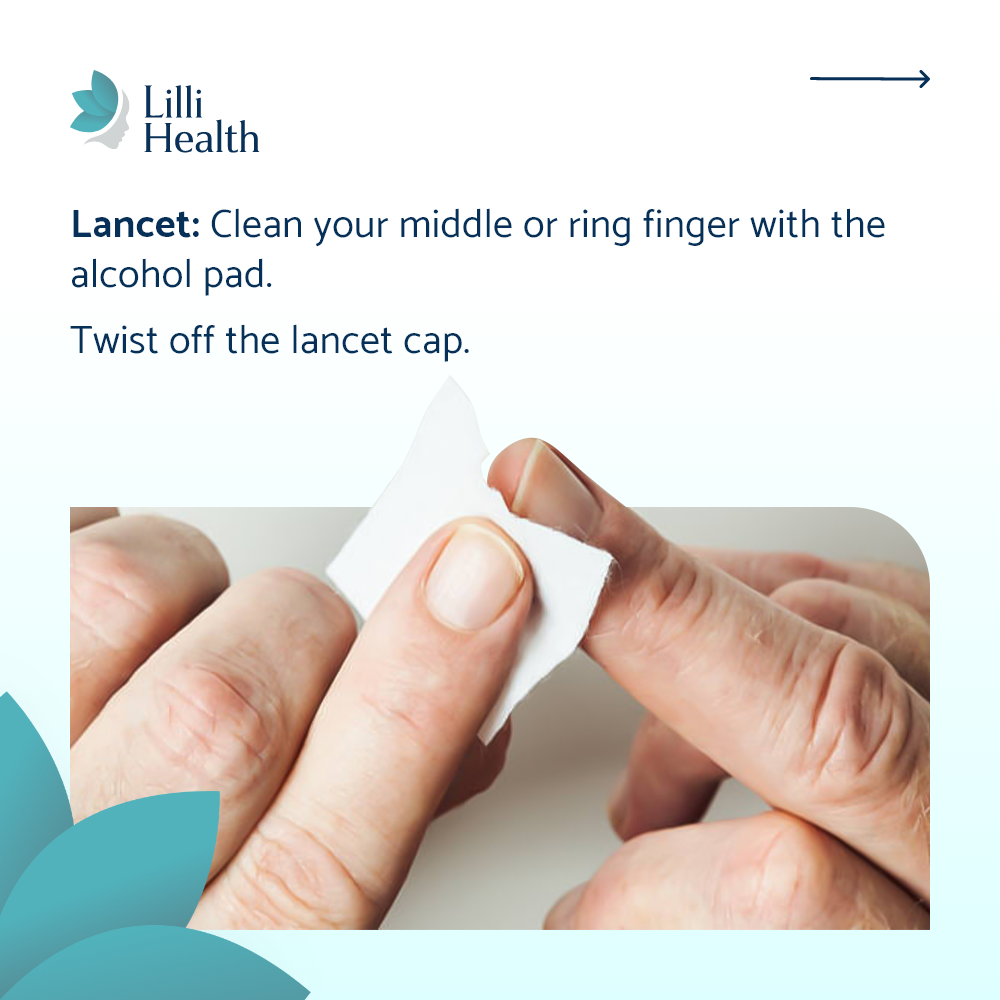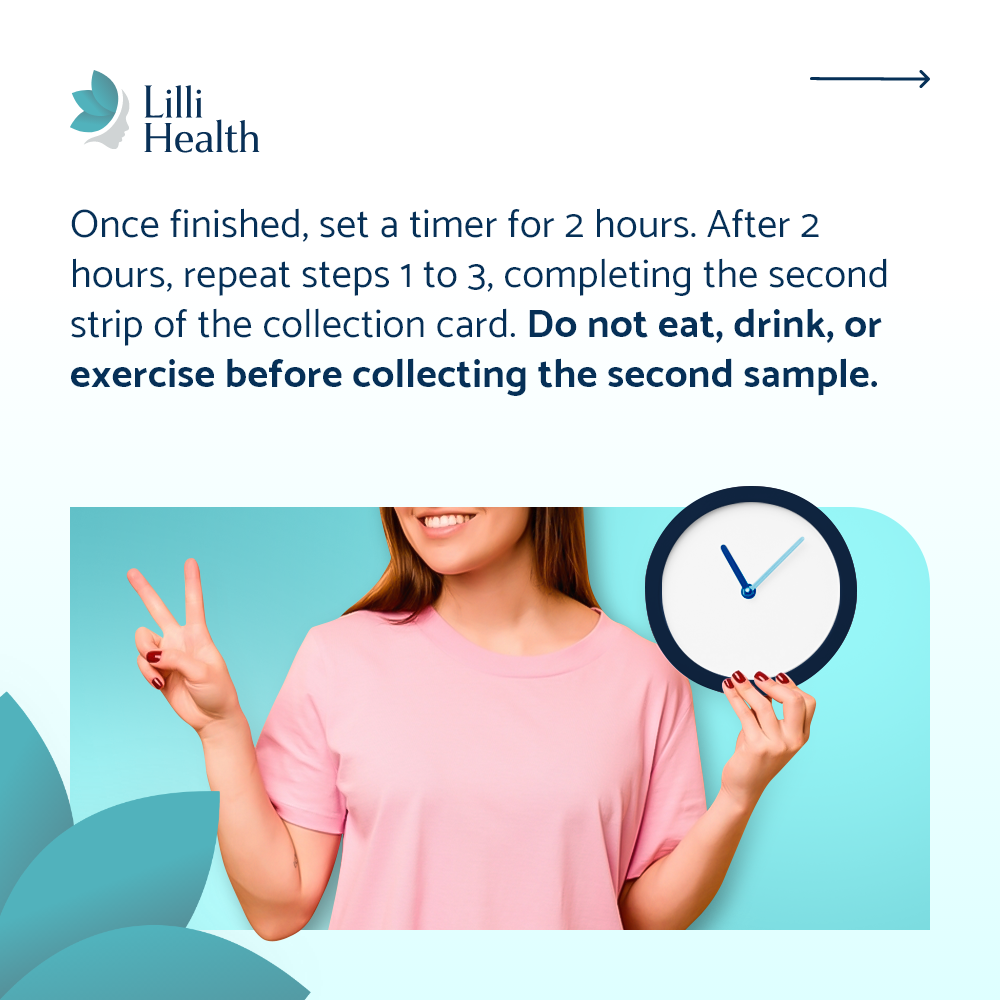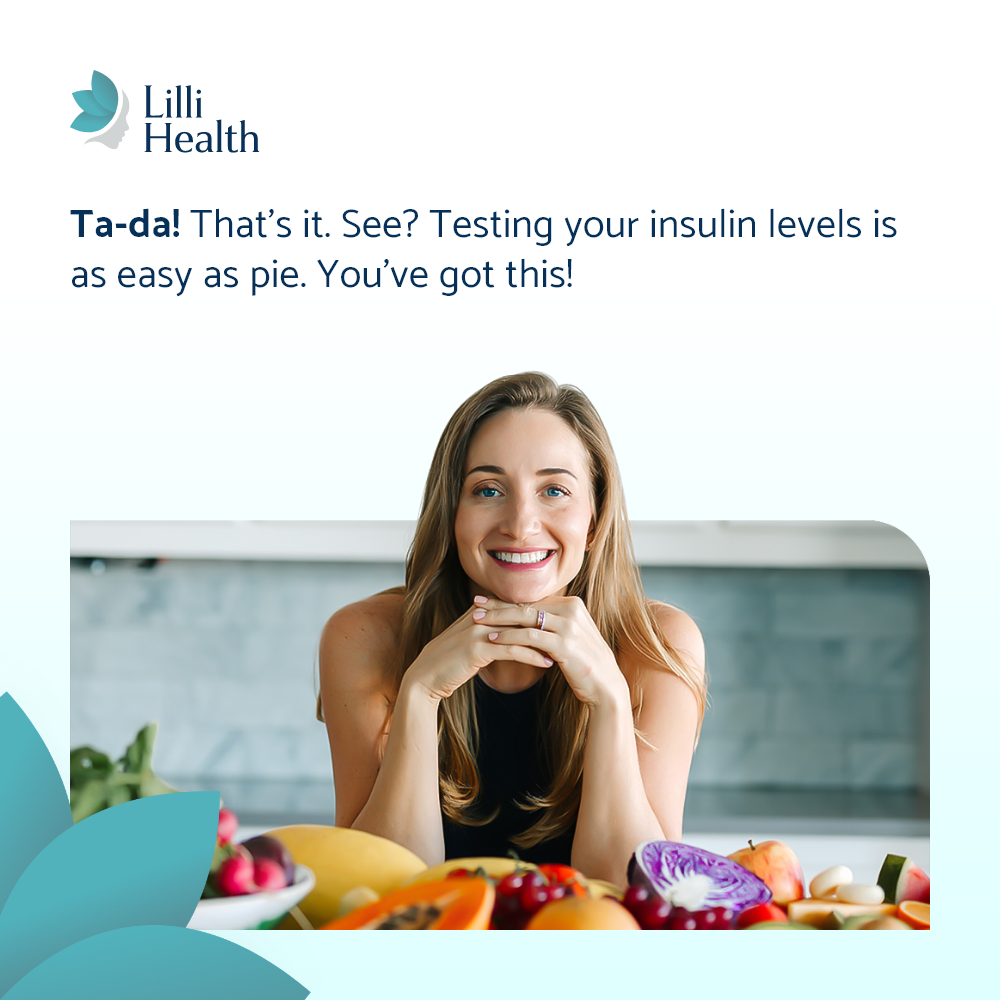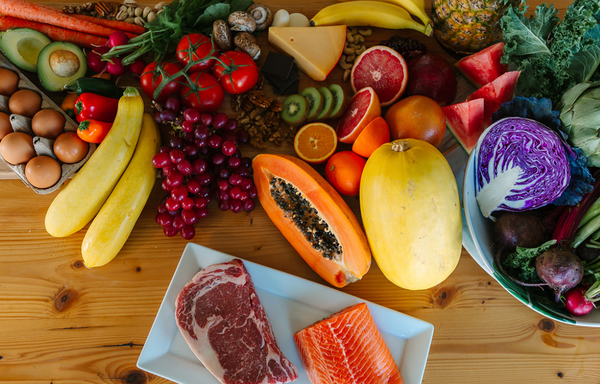

Low Insulin Lifestyle Pyramid: Helping You Stay on Track
Most food pyramids don’t take insulin into account. They push whole grains, beans, low-fat dairy, and starchy vegetables while ignoring the root of insulin resistance and metabolic dysfunction. That’s why I created the Low Insulin Lifestyle Pyramid—a guide that prioritizes foods that support your metabolism instead of working against it.
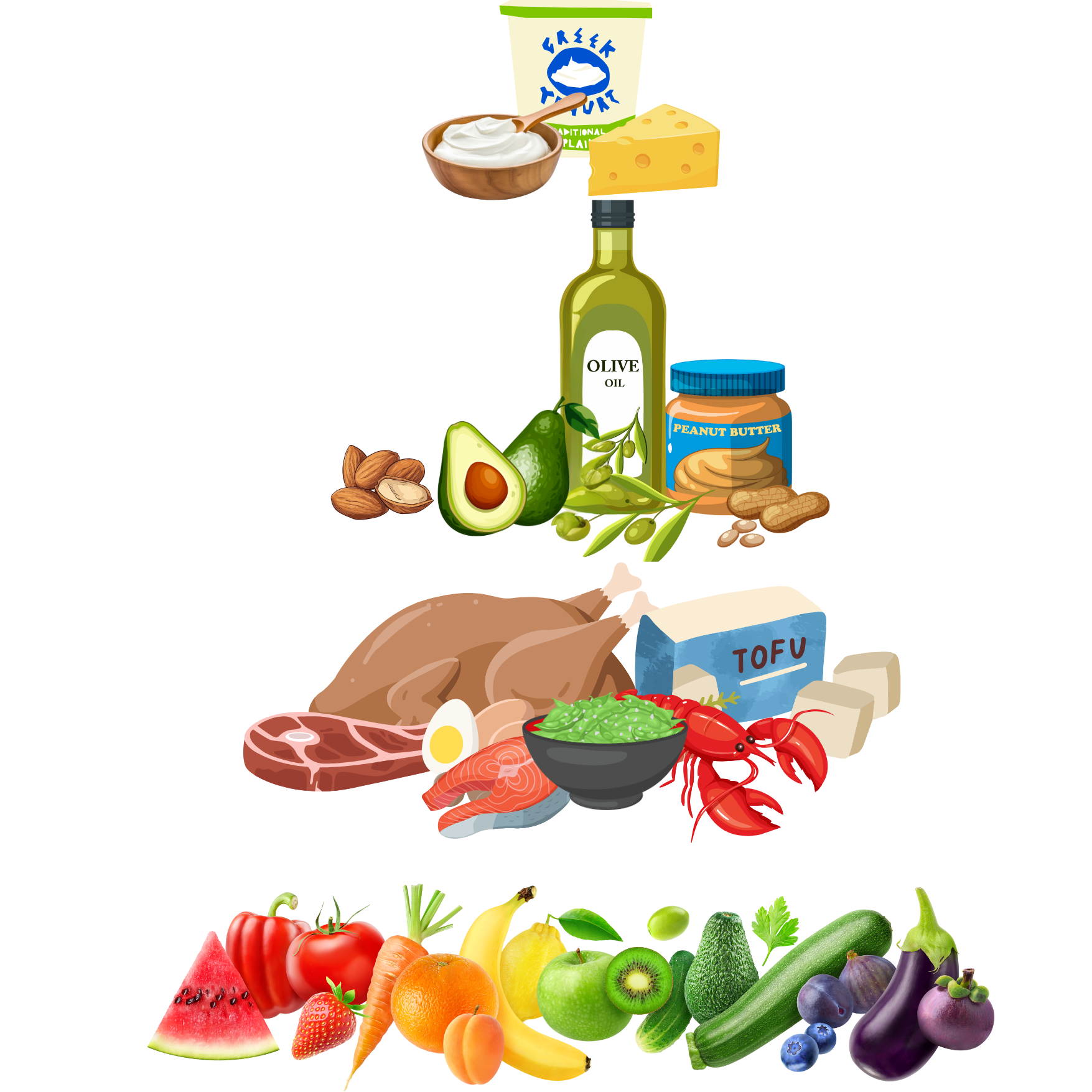
This isn’t about restriction. It’s about eating in a way that makes sense for your body. Here’s how it works:
The Base: Non-Starchy Vegetables & Fruits
These should make up the bulk of your diet. Non-starchy vegetables are packed with fiber, vitamins, and minerals, without spiking insulin. Fruit provides natural sweetness, antioxidants, and fiber while keeping insulin levels in check.
🔹 Why it matters: High fiber, low glucose impact, and loaded with micronutrients to fuel your body.
The Second Level: Lean Animal & Non-Starchy Plant Proteins
Protein is essential for muscle maintenance, hormone production, and metabolism. Prioritize lean animal proteins and insulin-friendly plant-based options.
Lean Proteins: Eggs, poultry, seafood, lean cuts of beef and pork.
Plant-Based Proteins: Edamame, lupini beans, tofu, tempeh, hemp seeds, and hemp seed protein.
🔹 Why it matters: Protein supports muscle mass, which keeps your metabolism strong and helps balance hormones without spiking insulin when eaten without starch.
The Third Level: Healthy Fats
Fats help you stay full, support hormone balance, and stabilize blood sugar. The key is choosing unprocessed or minimally processed oils.
Best options: Avocados, nuts, seeds, nut butter, extra virgin olive oil, avocado oil, coconut oil, coconut milk, and small amounts of grass-fed butter.
🔹 Why it matters: Healthy fats don’t raise insulin and help with satiety, making it easier to stick with this lifestyle long term.
The Fourth Level: Fermented Dairy (Occasionally & in Moderation)
Dairy can be tricky because it naturally spikes insulin, regardless of whether it’s raw, pasteurized, from a cow, goat, or sheep, or even A1 vs. A2. However, fermented dairy like full-fat Greek yogurt and aged cheeses has a lower insulin impact, making them a better option for those managing insulin resistance.
🔹 Best choices: Full-fat Greek yogurt, aged cheeses, and Skyr. Dairy fats such as sour cream, butter, and heavy cream in small amounts.
🔹 Why it matters: Fermentation changes the protein structure, reducing the insulin response while still offering gut health benefits. In addition, Greek yogurt and aged cheeses have had most or all of the whey removed, further lowering their impact on insulin levels while still providing beneficial probiotics.
Limit to 1 serving of total dairy per day (3/4 cup of Greek yogurt or 1oz cheese). Butter, sour cream, and heavy cream should be limited to 1-2 tablespoons per day in total.
Optional: Dark Chocolate & Wine (Optional but Enjoyable!)
- Red Wine: A daily glass is optional, but if you enjoy wine, stick to dry red varieties (cabernet, malbec, merlot, etc)
- Dark Chocolate: One ounce of 75%+ dark chocolate is a great way to satisfy a craving without derailing your progress.
🔹 Why it matters: A little bit of indulgence can help with long-term adherence. Plus, dark chocolate and red wine contain polyphenols, which may offer some health benefits.
Final Thoughts: Keeping It Simple & Sustainable
If this looks different from the food pyramid you grew up with, that’s because it is. This approach to eating focuses on insulin first because, without addressing insulin, you can’t address PCOS, metabolic health, or long-term weight loss.
